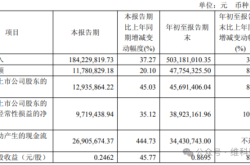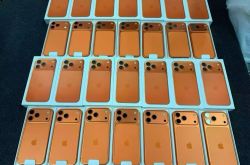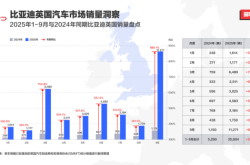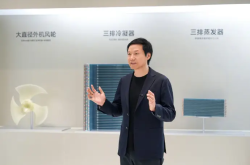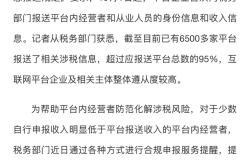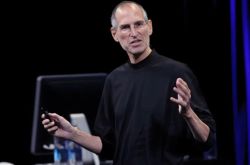GPT-4o Mass-Produces "Hayao Miyazaki": Artists Collective Defense Against AI-Driven Creativity
![]() 04/03 2025
04/03 2025
![]() 492
492
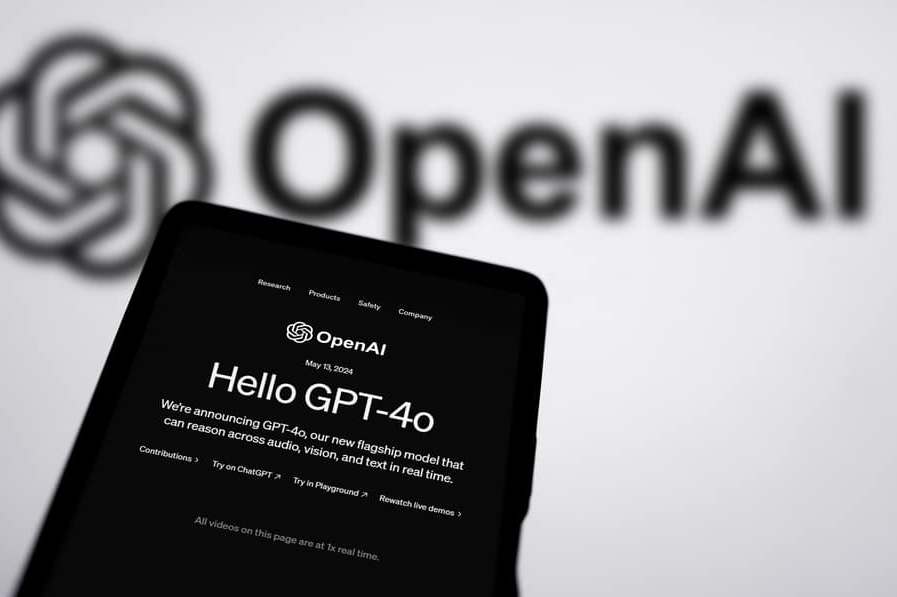
Is the GPT-4o-driven "Ghibli-fication" of everything a blessing or a curse?
In the AI era, surprises cascade like fireworks.
Take OpenAI, for instance. Upon the release of GPT-4o's image generation feature, social media erupted, sparking a deluge of AI-generated Ghibli-style images.
Within 24 hours, from celebrity avatars to classic film scenes, from cozy family photos to precious historical paintings, the world seemed to have been enchanted by the "Ghibli-fication" spell. Related posts flooded social platforms, exceeding 20 million.
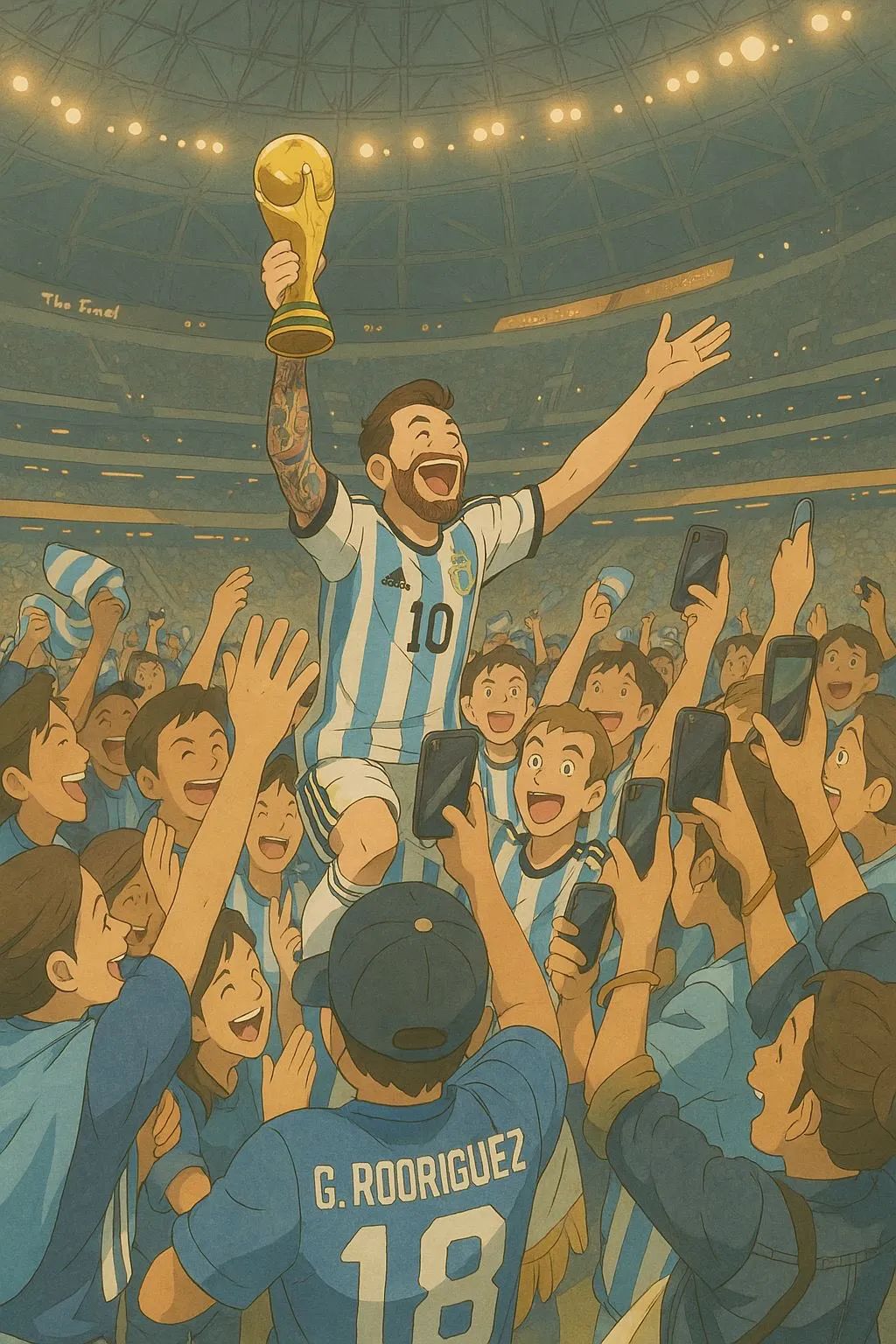
Netizens worldwide rejoiced, and the public's craze for secondary creation reached a fever pitch. Even Sam Altman, from OpenAI, couldn't resist switching his avatar to a Ghibli-style image.
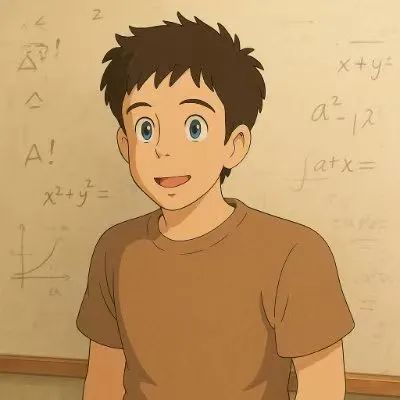
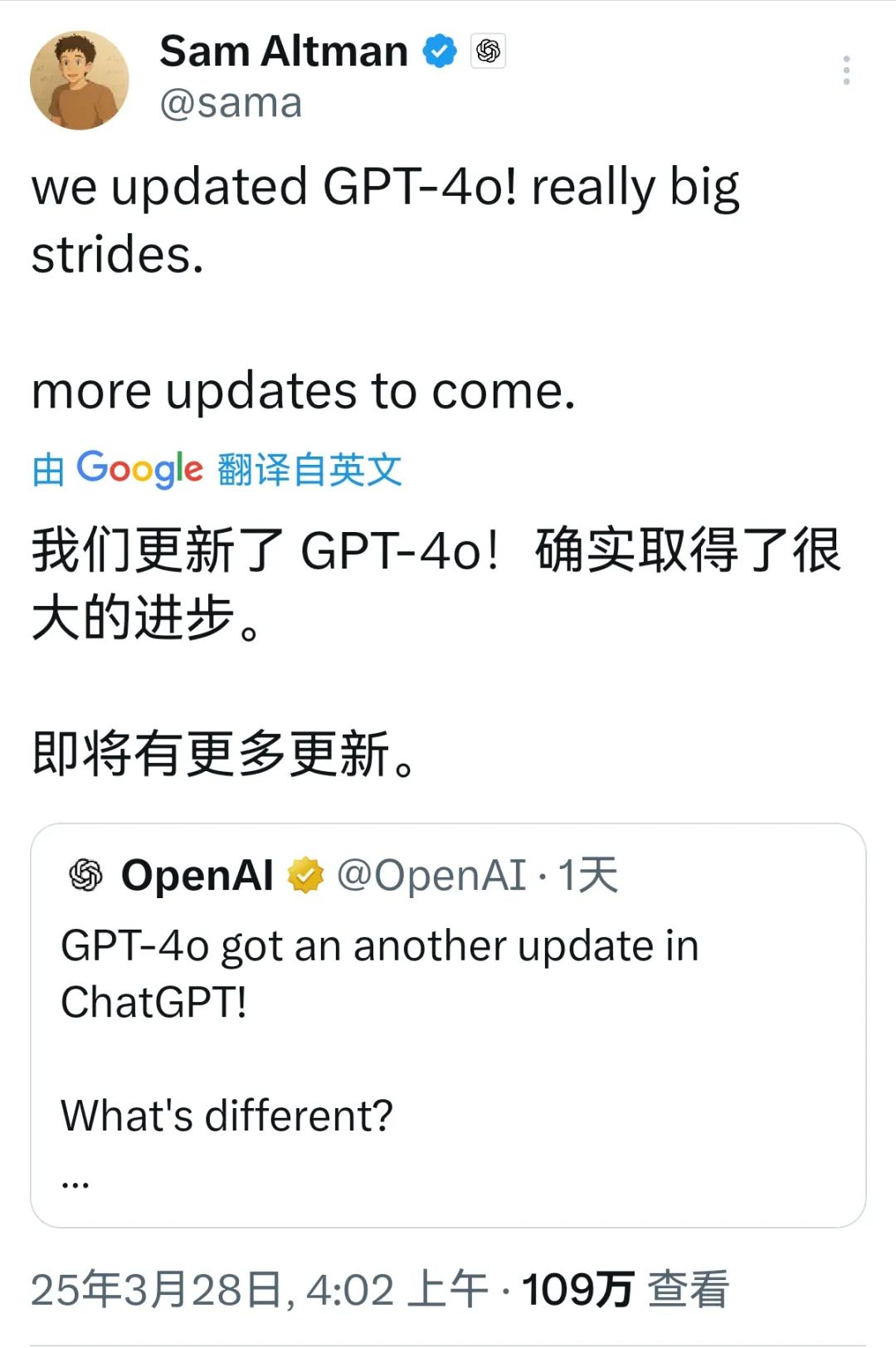
However, beneath this vibrant technological carnival lie numerous thought-provoking issues. Hayao Miyazaki himself has fiercely criticized AI, stating that it "insults life." His words serve as a wake-up call for AI development.
Meanwhile, copyright controversies continue to simmer. The question of whether AI violates the copyright of original works during image generation remains a pressing issue.
Furthermore, does AI's intervention alter our traditional understanding of artistic creation? Artists spend decades honing their unique styles, only to see them plagiarized by AI in seconds. Does this render their hard work obsolete?
"Hayao Miyazaki-style" imagery floods social media, and netizens are enthralled.
GPT-4o is reshaping artistic creation in unprecedented ways.
By simply inputting a command like "imitate the style of 'Spirited Away' to generate XXX," GPT-4o can accurately recreate Ghibli's gouache texture, iconic senior gray color scheme, and even capture the unique "breathing sensation" of hand-drawn strokes within seconds.
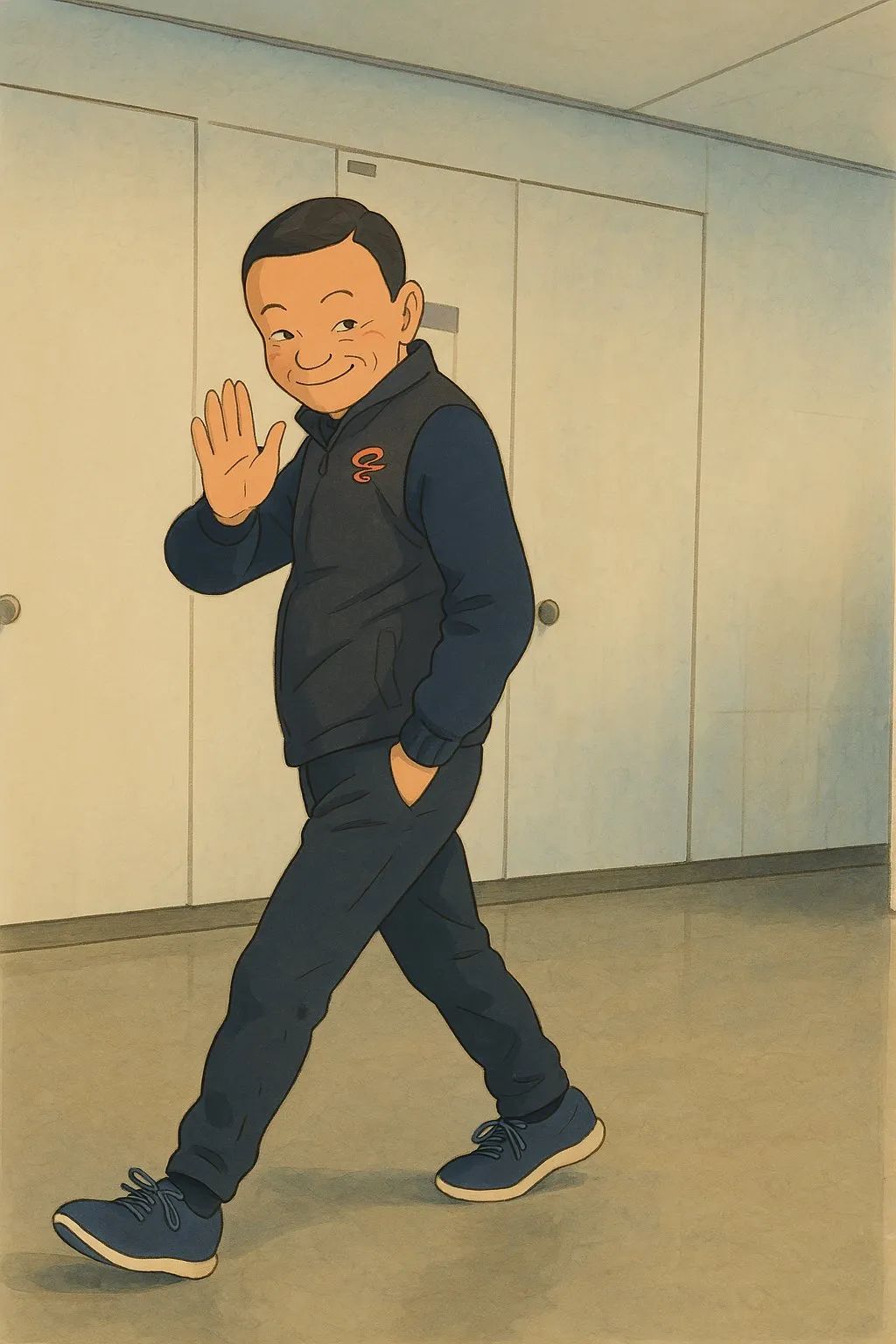
In this technological carnival, netizens unleashed their creativity: Some spent 9 hours "Ghibli-fying" 'Interstellar,' others recreated the trailer for 'The Lord of the Rings,' and even the debate between Trump and Zelenskyy was adapted into animated scenes in the style of Hayao Miyazaki.
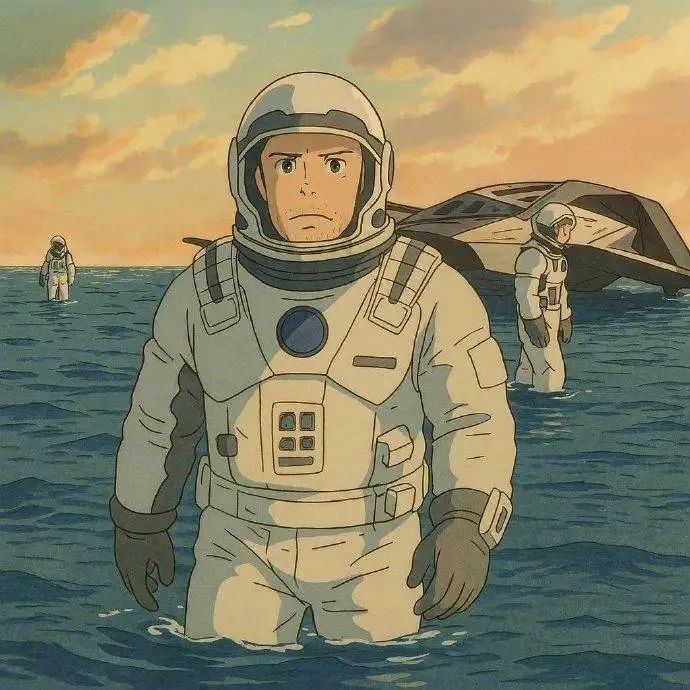
But GPT-4o's capabilities extend far beyond that.
Netizen @BennetWaisbren demonstrated its versatility by transforming clips from the popular series 'Severance' into eight distinct visual presentations simultaneously, including clay animation, 1930s American cartoons, Pixar-style, and more.
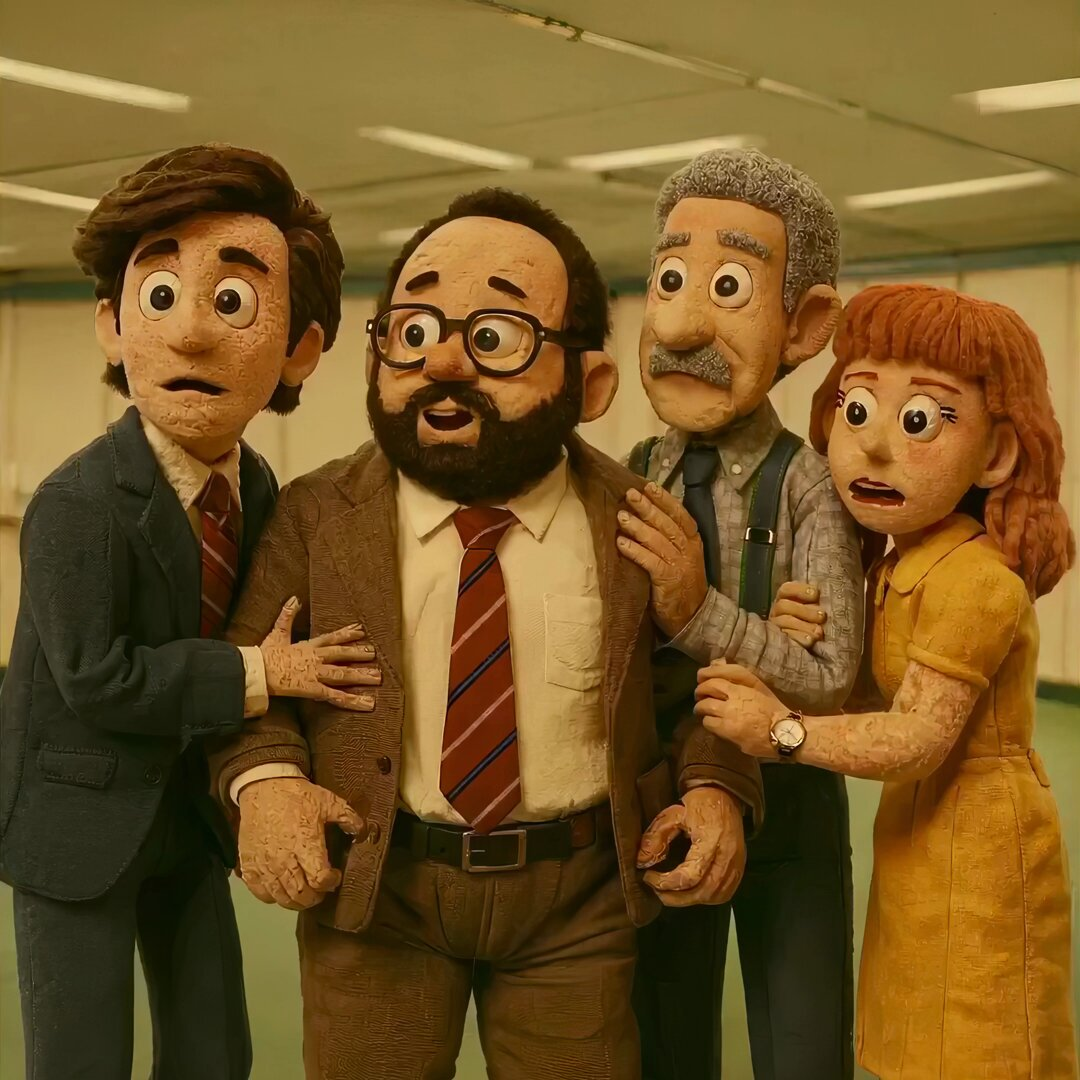
This astonishing adaptability stems from breakthroughs in multimodal models: GPT-4o deeply integrates text, images, and speech for the first time, offering an "Omni" (all-encompassing) interactive experience. Users can complete the entire process of "uploading images + style conversion" directly within the chat interface, bypassing the professional thresholds of tools like Photoshop or Stable Diffusion.
However, this technological leap is sparking deep anxiety within the art world. As AI tirelessly learns, imitates, and even surpasses human artists' unique styles, the foundations of the creative industry are shaking, prompting artists to protest jointly.
The controversy over the Colorado State Fair awarding a digital art championship to an AI work in 2023 lingers, and this year, Christie's auction house added fuel to the fire—encountering over 6,000 joint objections.
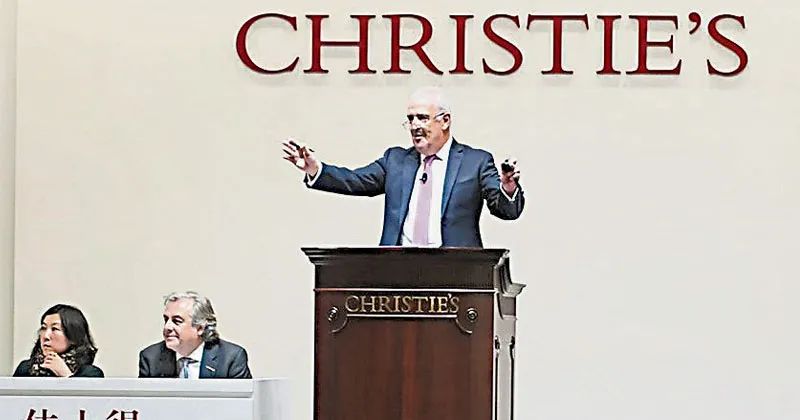
Nevertheless, this AI "artwork" auction exceeded its target with a total turnover of $730,000, with the highest-priced work fetching an astonishing $277,200.
More concerningly, as AI technology surges ahead, the legal and ethical fields lag behind. From GPT-4o's "devouring" of artists' styles to auction houses' fervent pursuit of AI works, technological advancement has outpaced the establishment of social norms.
As algorithms replicate human skills honed over years with boundless energy, how should the industry navigate this earthquake in the creative ecosystem?
Creators Jointly Protest: AI Is Stealing Our Livelihoods
AI's application in commercial animation sparks a profound contradiction—it boosts production efficiency but also risks devaluing all artistic styles on the internet. This duality plunges the creative industry into anxiety.
Designers angrily accuse AI of using their works without permission for training. As early as 2016, Hayao Miyazaki bluntly stated in a documentary, facing a deformed monster image generated by AI, "This is simply an insult to life itself."
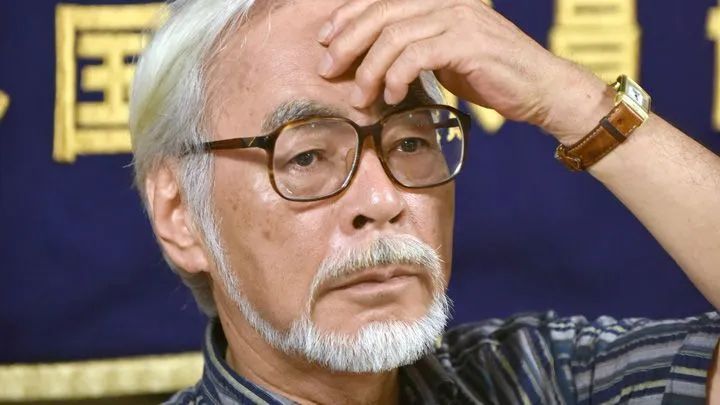
This statement has become the spiritual banner of the anti-AI art movement. Ironically, current technology can accurately imitate the unique style Miyazaki spent decades perfecting.
The wave of industry resistance continues to rise. Oscar-winning director Guillermo del Toro publicly expressed his aversion to machine-generated images in 2023, insisting on using traditional methods to complete the animated film 'Pinocchio' over three years, defending the humanistic value of artistic creation with practical actions.
He said, "Art is not for explanation or decoration; it is for expressing pain and needing to make its own voice heard."
However, the reality is that while artistic styles are not clearly defined as copyright-protected objects, the use of copyrighted works in AI training has already triggered numerous copyright disputes.
In 2023, artists collectively sued OpenAI for a simple reason: AI-generated images are stealing the livelihoods of lesser-known artists. In 2024, over 11,000 creators jointly protested the abuse of their works by AI.
More significantly, in 2023, The New York Times also sued OpenAI, accusing the company of using millions of its articles to train AI, thereby infringing on copyright. The lawsuit between The New York Times and OpenAI is still ongoing.
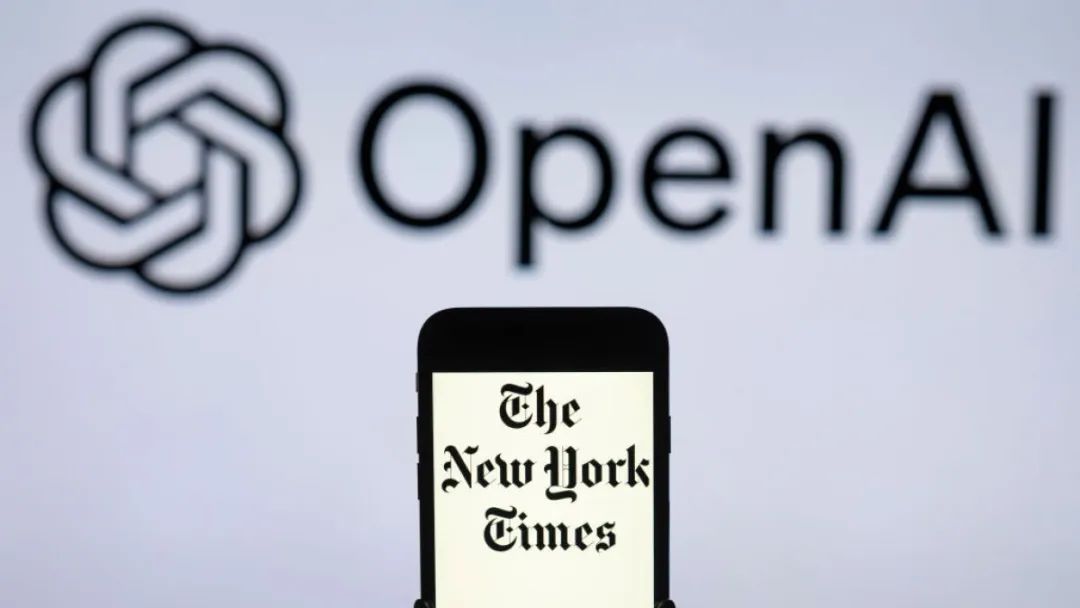
Amidst this chaos, practitioners are also exploring solutions. Wang Jing, the founder of 'Nineteen Animation,' proposed a diversion payment mechanism—when users use AI software to imitate an artist's style, part of the proceeds should be returned to the original author as inspiration compensation.
China's Supreme People's Court has proposed "properly adjudicating AI disputes," and the United States plans to promote an "AI Creation Registration System," requiring disclosure of training data sources and ownership distribution. If implemented, these mechanisms could alleviate copyright controversies but might also hinder AI technological innovation, posing a dilemma.
However, until then, AI's unruly growth continues. Even when artists confirm that their works have been plagiarized by AI, they often have no recourse for defending their rights. The fact that AI images are encroaching on human artists' livelihoods is undeniable.
The explosive development of tools like GPT-4o produces works in seconds that previously required humans months to complete. This productivity revolution not only threatens individual artists' livelihoods but may also lead to the homogenization of artistic styles, ultimately eroding cultural diversity.
AI Reshapes Employment: From Consuming Life to Liberating Humans
It's not just Hayao Miyazaki who faces AI threats; fields such as advertising design and stylized illustration will also be impacted, with predictions that by 2030, 90% of commercial blockbusters may be predominantly produced by AI.
This transformation is already underway.
Early in 2023, Japan's Netflix and WIT Studio released 'Dogs & Scoundrels,' the first commercial animation to use AI-generated backgrounds. In this animation, most scene drawing work was done by AI, while human and animal characters, like the boy and the robot dog, were created using traditional hand-drawn methods.
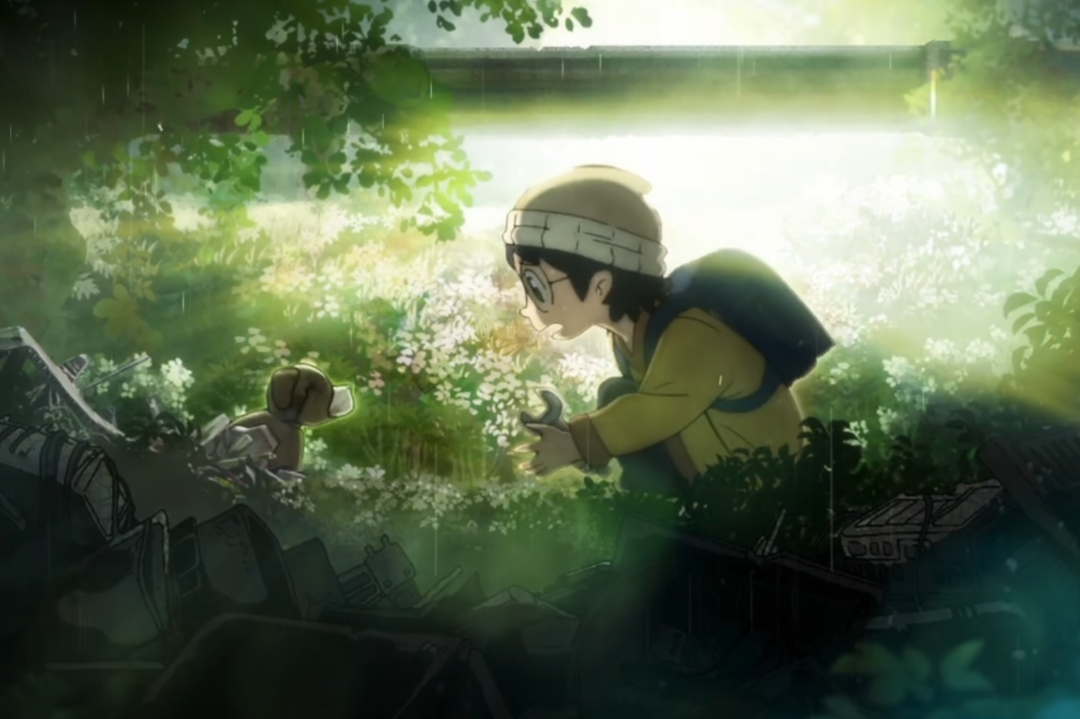
Screenshot from 'Dogs & Scoundrels'
This "AI + Human" collaboration not only garnered widespread media attention but also sparked thought: When professional works can be produced with just a few words, will the value of human creation diminish?
The "AI + Human" collaboration in 'Dogs & Scoundrels' may point to the future direction—AI handles repetitive labor like background drawing, while humans focus on emotional expression, such as character development.
History often repeats itself. Photography did not eliminate painting but gave birth to Impressionism; digital tools did not end hand-drawing but expanded creative boundaries.
As demonstrated by the 'Dogs & Scoundrels' team: First, a sketch determines the composition, then AI completes the detailed drawing, and finally, humans adjust and finalize it. This new model is not about replacing but liberating—freeing creators from arduous foundational work and returning them to the essence of creativity. After all, tedious line-tracing tasks that once exhausted animators should rightly be handed over to machines.
Can AI art truly replace humans? The answer is no, at least not yet.
In literary creation, while ChatGPT can churn out poetry and novel drafts, studies show that AI-written content lacks depth and is prone to stylistic clashes. Companies use generative AI to improve efficiency, but higher-level literary creations requiring emotional resonance, like novels and poetry, are still dominated by humans.
In high-end technology fields, AI tools like GitHub Copilot can accelerate code writing, bug testing, and improve programmers' efficiency, even converting natural language into code and shortening development cycles. However, when faced with complex tasks like system design and multi-demand integration, AI struggles. Human engineers' holistic thinking and innovative abilities remain irreplaceable.
The emergence of AI may reshape employment structures, but humans' unique value in creativity and complex problem-solving ensures that AI is more likely to be our partner than our terminator.
Tasks that machines and AI can perform are not worth humans consuming their lives on. Consider programmers in domestic tech giants who once worked late into the night coding until exhaustion; animators also drew until they collapsed. The life rewards they received often did not match their efforts. If these complex and arduous tasks are handed over to AI, why not?
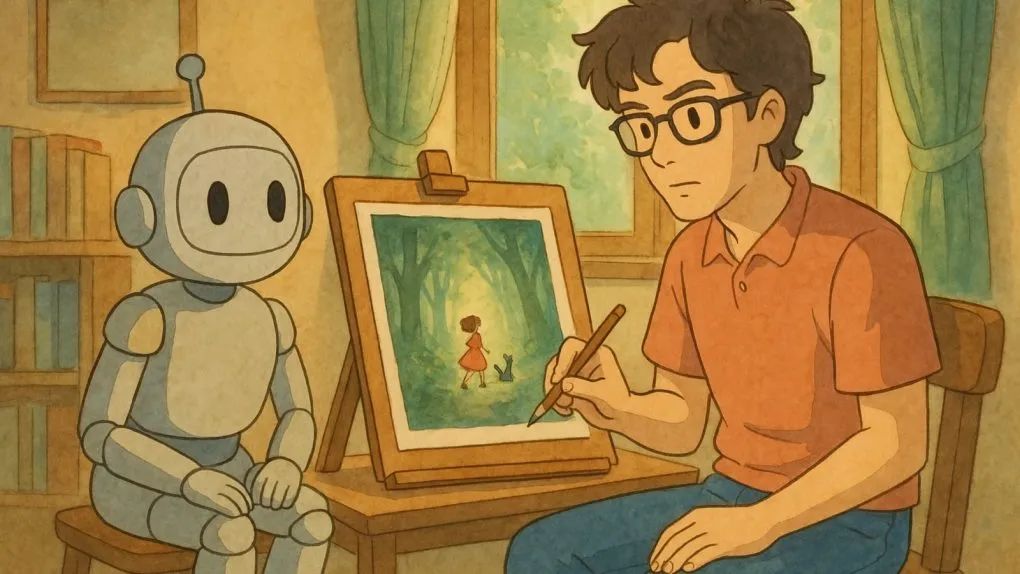
From a long-term perspective, with powerful AI, humans may usher in true liberation. Our lives are worth spending on more meaningful endeavors.
Returning to the initial topic, despite the uncertain path ahead, optimistically thinking, AI's application in animation may force creative practitioners to change their mindset and focus on exploring creativity beyond painting techniques. After all, technology's ultimate significance should not be to replace humans but to liberate them, leaving repetitive labor to algorithms so we can focus more on cultivating thoughts and emotions.
As Hayao Miyazaki said, "True creation is a celebration of life." The humanistic care and craftsmanship in Miyazaki's works are precisely the core competitiveness that technology cannot replicate.

